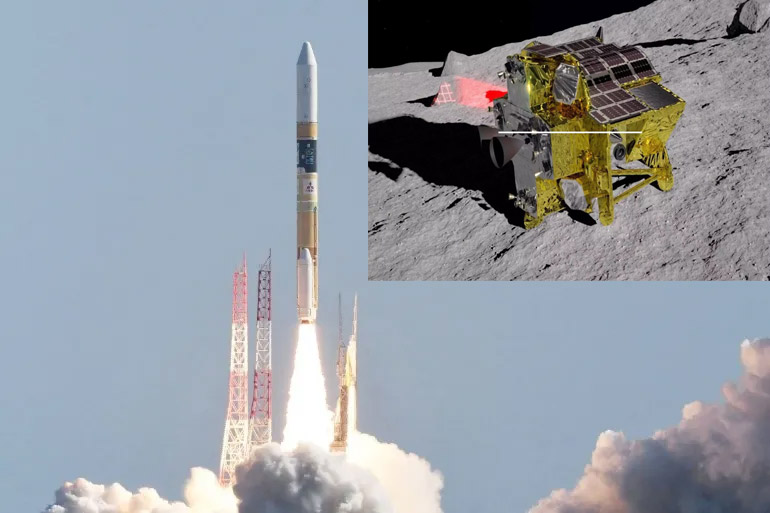
Japan Achieves Historic Moon Landing with Smart Lander for Investigating Moon (SLIM)
In a groundbreaking development for space exploration, Japan has successfully landed a robot on the moon, joining an elite group of nations to accomplish this feat. The mission, led by the Japan Aerospace Exploration Agency (JAXA), saw the Smart Lander for Investigating Moon (SLIM) touch down near the lunar equator, making Japan the fifth country to achieve a soft landing on the moon after the United States, the Soviet Union, China, and India.
Technical Challenges and Strategic Solutions
The mission faced a significant hurdle as SLIM encountered problems with its solar power system. With limited operational hours due to reliance on battery power, JAXA scientists are maximizing efforts to gather critical data and images from the lunar surface. This includes strategic measures to prolong battery life and ensure the maximum yield of scientific information before the robot becomes inactive.
Precision Landing: A Technological Triumph
SLIM's landing on the moon is notable for its unprecedented accuracy. Initiating a "power descent sequence," the robot achieved a landing with a 100-meter accuracy range, a substantial improvement over the several kilometers range typical of previous lunar missions. This precision highlights Japan's advancements in space technology and navigation systems.
Japan’s Expanding Role in Lunar Exploration
This achievement is a significant milestone in Japan's space exploration efforts. The technology demonstrated by SLIM is seen as pivotal for future lunar missions, especially in the search for lunar resources and potential human settlement. Japan's success in this mission is also crucial for its role in international space collaborations, including the anticipated NASA Artemis program.
Overcoming Setbacks and Looking to the Future
Despite previous challenges, such as the failed launch of the H3 flagship rocket, Japan remains committed to its space ambitions. Plans include a joint lunar polar exploration with India in 2025 and active participation in NASA’s Artemis program. Japan’s focus on high-precision lunar exploration technology is expected to play a vital role in understanding the moon’s complex terrain and resource potential.
Innovative Technologies: The SORA-Q Probe
Adding to the mission's success is the SORA-Q probe, co-developed with toy company Takara Tomy. This compact, transformer-like robot is designed to navigate and transmit images from the lunar surface, providing valuable insights into lunar geology. The SORA-Q probe symbolizes Japan's innovative approach to space technology and exploration.
Overall, Japan's successful moon landing through the SLIM mission marks a historic moment in space exploration. It not only demonstrates Japan's growing capabilities in space technology but also underscores its commitment to contributing significantly to our understanding of the moon and the broader universe.





